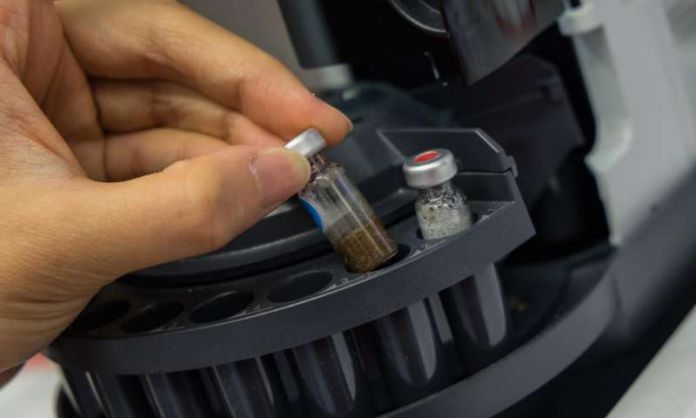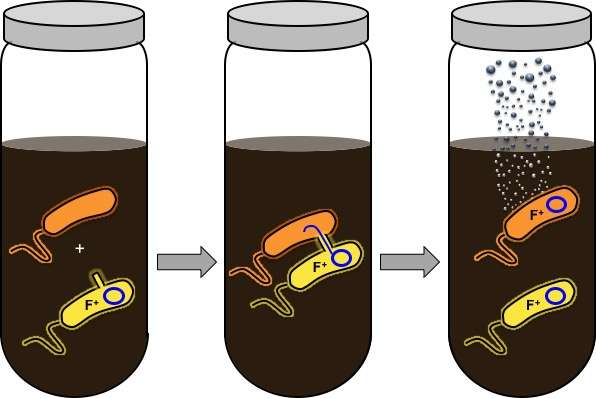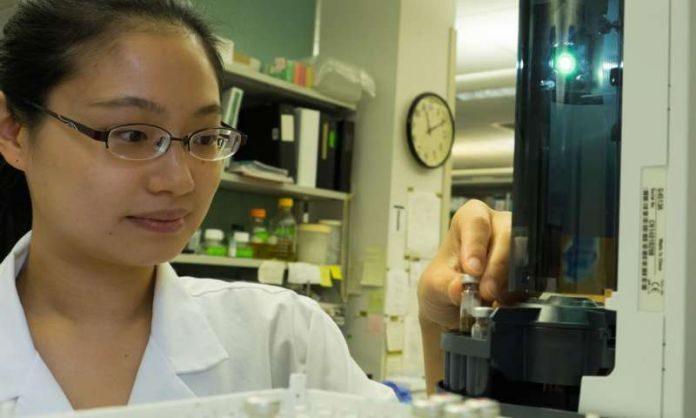Scientists from Rice University have developed Gas biosensor to identify microbial communities within the soil. This biosensor allows scientists to control process like gene transfer in real time. This Gas biosensor will be effective in anoxic or oxygen consumed conditions. The reporter proteins can be used in many kinds of soil microbes.
Scientists used inherently engineered bacteria to monitor microbial gene expression in soil. The bacteria is programmed using artificial biology to deliver release methyl halide gases. It reports while bacteria exchanging DNA through horizontal gene transfer. Although, the process of releasing and sensing methyl halide gas represented an easy proof of concept. But, scientists wants higher-resolution information about other types of biological events. So, they have created more cultured genetic programs with the help of synthetic biology. (Horizontal gene transfer is the technique through organisms share genetic characteristics without a parent-to-child relationship).

Masiello, a professor of Earth science, said, “Team cares for this because horizontal gene transfer process controls various things that are essential for humans. Either because they’re good—it’s how rhizobia trade the genes they need to fix nitrogen and support plant growth—or they’re bad—it’s how bacteria trade antibiotic resistance in soils. “
“It was a challenge to develop dynamic process’s models in real soils and to study how horizontal gene exchange varies across soil types. We’ve created a new set of tools that makes that possible,” she added.
The idea of using gases could bring most anything, which is encrypted genetically. According to scientists, various future technologies will be developed through it.

Jonathan Silberg, an associate professor of biochemistry and cell biology, said, “We will soon be able to test agricultural soil samples to help fine-tune crop growth through more efficient watering and fertilizer use. How can agriculture get this extra level of efficiency without the waste? Lots of people are coming to that, and there are lots of ways to do it. We’re trying to build high-tech tools that allow us to understand mechanisms to make reliable predictions. That’s the long game with these tools.”
The team tested soil samples from the National Science Foundation’s Kellogg Biological Station Long-Term Ecological Research Site in Michigan. Then Escherichia coli bacteria program were added to deliver methyl halide gas upon transfer of their DNA to another microbe. In results, they have got gas signals up to 10,000 times the lab’s detection limit.
Researchers expecting that, this biosensor will be used for to study nitrogen fixing in agriculture. Similarly it will use for antibiotic exchange in wastewater treatment.
